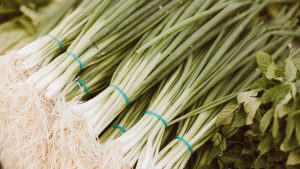Last Updated on July 29, 2023 by teamobn
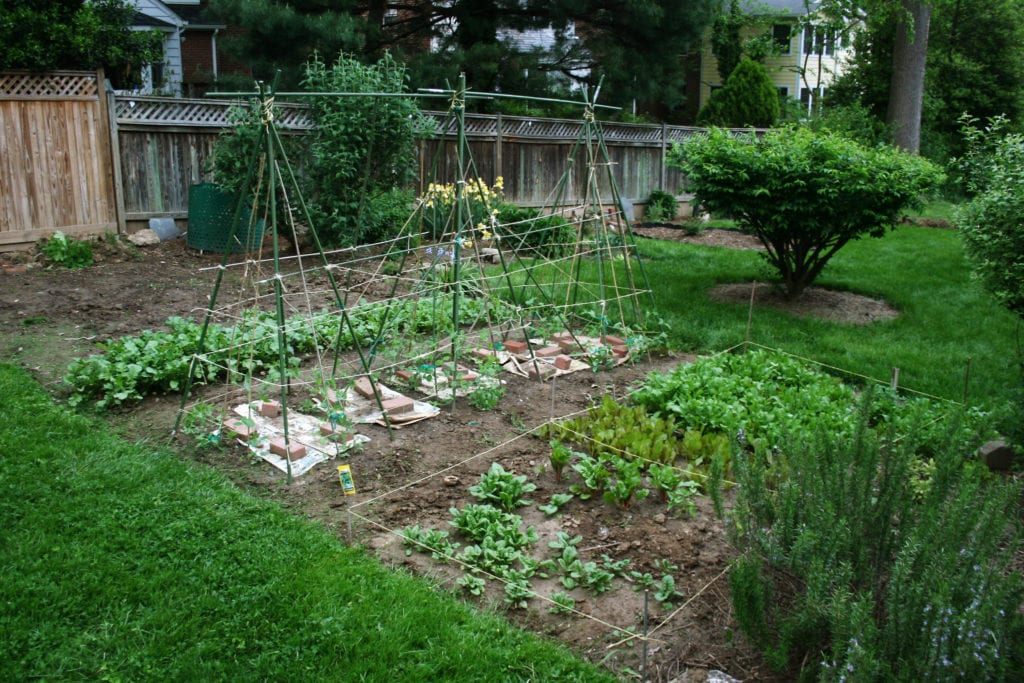
Thinking about growing your own vegetables? Your backyard may be a recreational space and outdoor dining area, but it’s also a wonderful place to grow vegetables!
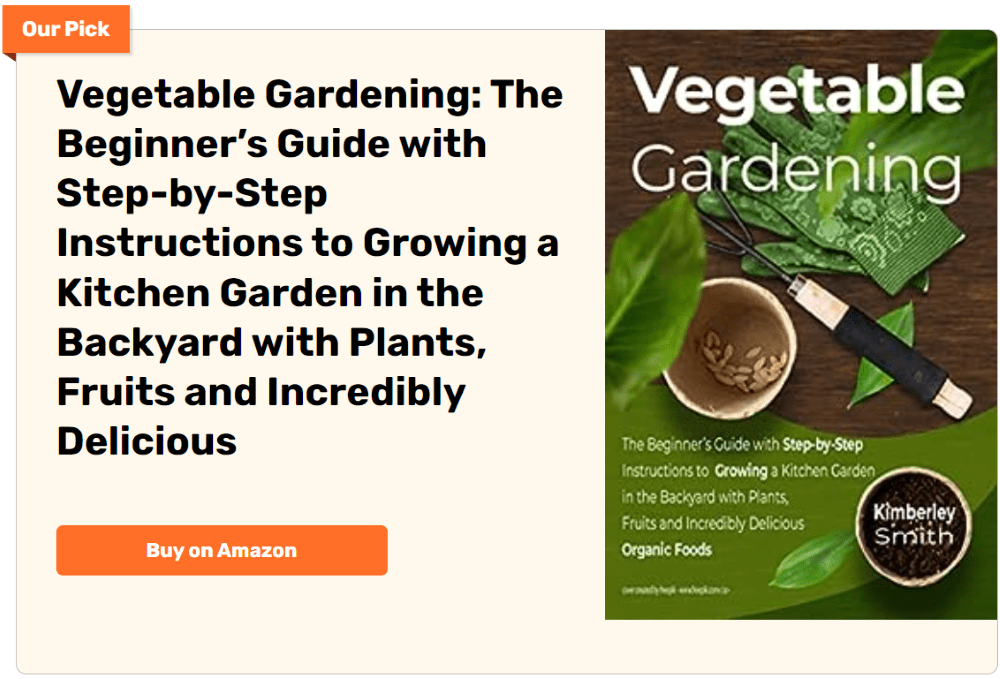
Garden-fresh vegetables are sweet, juicy, and full of bright, lively flavor. There’s nothing quite like fresh greens, especially if you grow them yourself!
In this guide, we discuss the basics of starting a backyard vegetable garden.
1. Pick a Good Location for Your Vegetable Garden
Contents
Much of the success of your vegetable garden will depend on its location. Find a sunny spot in your backyard with good soil.
You need rich, loamy soil to allow the easy penetration of roots. You can amend the soil with compost to add nutrients. Proper drainage will ensure that water neither collects nor drains away too quickly.
You don’t want to plant in a spot that floods during heavy rains, or in a place that tends to dry out.
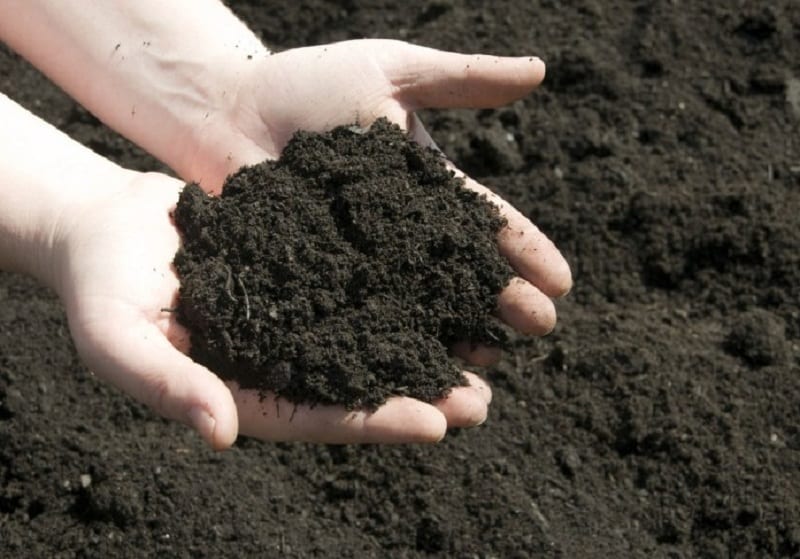
2. Decide on the Size of Vegetable Garden
The ideal beginner vegetable garden is about 16×10 feet. You can feed a family of four with a plot this size for one summer.
Make your garden 11 rows wide, with each row about 10 feet long. The rows should run north and south. That way, your vegetable garden takes full advantage of the sun.
If the recommended size is too large for you, then you do not have to plant all 11 rows. You can also make the rows shorter, says Catherine Boeckmann in the Old Farmer’s Alamanac.
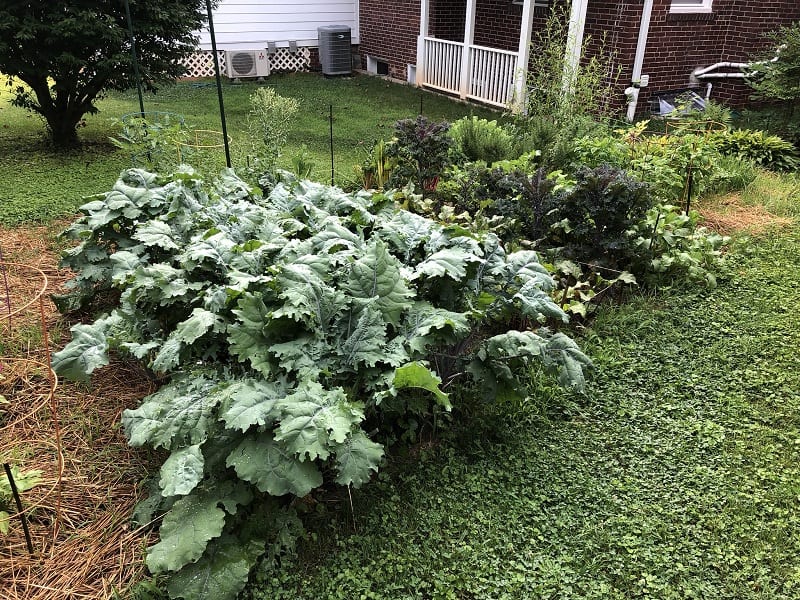
3. How to Grow the Best Vegetables
You need to use high-quality seeds. Be sure to space your vegetables properly. Pay attention to the spacing instructions on seed packets and plant tabs.
Remember to water your plots! Proper watering allows your plants to become lush, well-formed, mature vegetables.
Don’t overdo it, though. When the soil sticks in your hand and you can form it into a ball, it is moist enough.
If the soil barely holds together in your hand, or if the surface looks baked or cracked, it is dry and requires more water.
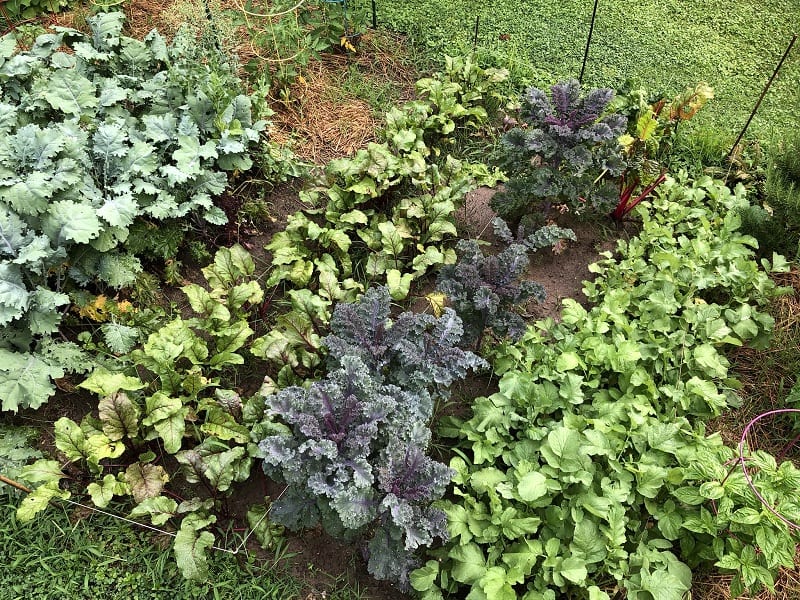
4. Choose What Vegetables to Grow
Below is a list of vegetables you may want to consider.
Choose hardy, productive plants. They are easy to grow and require less maintenance. Call your local Cooperative Extension Service to find out what plants grow best in your area.
- Tomatoes – 5 plants, staked
- Zucchini squash – 4 plants
- Peppers – 6 plants
- Cabbage
- Bush beans
- Beets
- Carrots
- Chard
- Radishes

Are You Ready to Start Your Backyard Vegetable Garden?
Growing vegetables in your backyard is a great way to save money. You’ll also find that the flavor and texture of garden-grown produce exceed those of the vegetables you get at the local grocery.
In mild climates like those of the Pacific Northwest, many crops can survive through the winter. They can bring bright cheer to the table even in the gloomiest months of the year!
Are you ready to start your own backyard vegetable garden?



